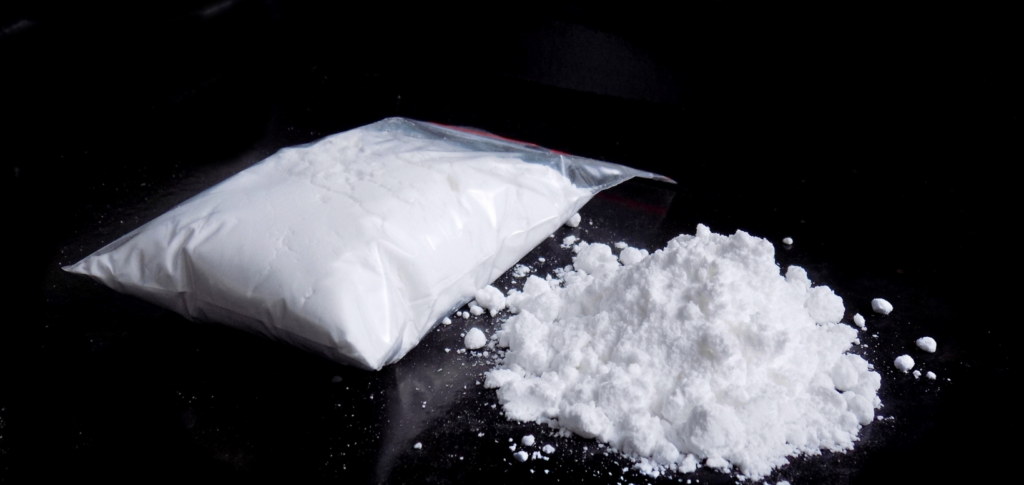By 2021, the country had 204 thousand hectares of coca plantations, 43% more than the previous year. Although there was a slowdown in growth in the last period, the number is the highest recorded by the UN since the organization began monitoring this production in 2001.
ADVERTISING
Along with the plantations, the manufacturing of drugs leaving Colombia grew, mainly to the United States and Europe. From 1.400 tons of cocaine, the country started producing 1.738 tons.
This growth trend has been consolidating since 2014, despite the persecution of drug trafficking over five decades with financial support from Washington and the peace agreement with the Revolutionary Armed Forces of Colombia (FARC) guerrillas in 2016.
Almost half of these crops (49%) are located in black communities and forest and indigenous reserves, according to the report.
ADVERTISING
Thus, Colombia continues to be, by far, the largest grower of coca leaves in the world, ahead of Peru and Bolivia. The United States, which has historically financed the anti-drug fight, is the largest consumer of Colombian cocaine.
According to the report, “77% of the net increase was concentrated in Putumayo (around 20 thousand hectares)”, near the border with Ecuador, a country increasingly affected by violence linked to drug trafficking.
Failure
Colombian President Gustavo Petro denounced the “failure” of the fight against drugs and asked the US to define a new approach based on preventing consumption in developed economies.
ADVERTISING
According to the Ministry of Justice, from 2012 to 2022, more than 840 thousand hectares of coca were forcibly eradicated, but the planted area increased by 327%.
On Saturday, Petro led a summit on the issue with representatives from 20 Latin American countries, including the president of Mexico, Andrés Manuel López Obrador, with whom he reached an agreement to demand change from the world that involves a comprehensive approach to the fight against the drugs.
According to left-wing presidents, repression enriches the mafias, causes more violence and does not attack consumption in the great powers or the poverty in which drug organizations are incubated.
ADVERTISING
“The policy called the war on drugs has failed. It doesn’t work,” said Petro at the Latin American and Caribbean Conference on Drugs.
Despite the disarmament of the FARC, a war persists in Colombia that pits rebels, drug traffickers, paramilitaries and state agents against each other. Meanwhile, armed groups have multiplied, financed by drug trafficking, illegal mining and extortion.
The first left-wing president in the country's history advocates a policy of “total peace” to defuse the protracted conflict through dialogue with all illegal actors.
ADVERTISING
In 50 years, violence in Colombia left 9 million victims, most of them displaced.
The Minister of Justice, Néstor Osuna, in turn, assured this Monday in an interview with Blu Radio that it is a “strategic” moment to change a “holistic” approach in the fight against drug cultivation, especially at a time of rise of fentanyl, an opioid up to 50 times stronger than heroin, which kills almost 200 people a day in the USA, according to official data.
The government's new policy consists of offering farmers, “most of whom are poor”, other alternatives: continue to grow coca, but for legal purposes, such as the manufacture of cosmetics, textiles, food, etc.; be linked to a community and not an individual project to change the economy in coca-producing regions; or “who go from coca growers to forest rangers” in protected areas and receive a salary for taking care of the environment, explained Osuna.
By the end of its mandate, in 2026, the government intends to reduce cocaine production to 900 tons, also reducing the hectares of coca leaves by 40%, to around 150.000 hectares.
Read also
* The text of this article was partially generated by artificial intelligence tools, state-of-the-art language models that assist in the preparation, review, translation and summarization of texts. Text entries were created by the Curto News and responses from AI tools were used to improve the final content.
It is important to highlight that AI tools are just tools, and the final responsibility for the published content lies with the Curto News. By using these tools responsibly and ethically, our objective is to expand communication possibilities and democratize access to quality information. 🤖




